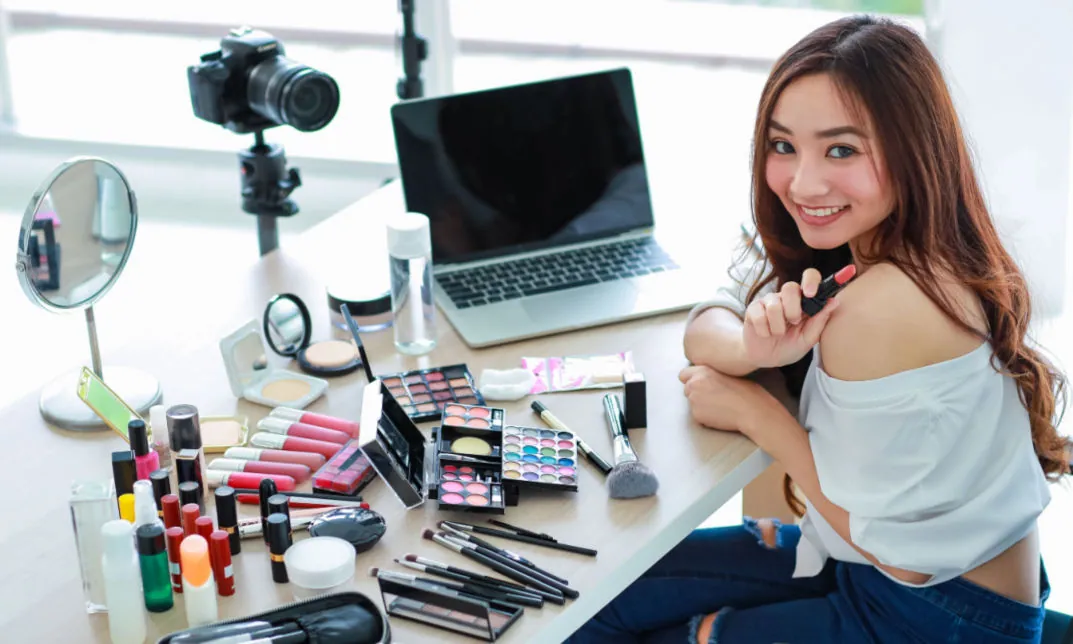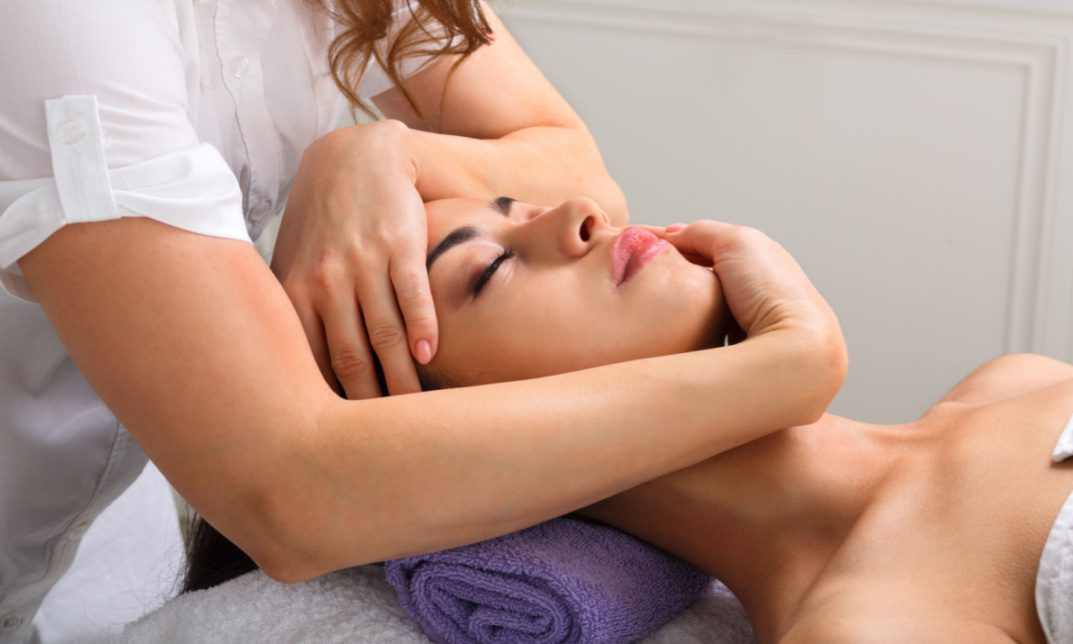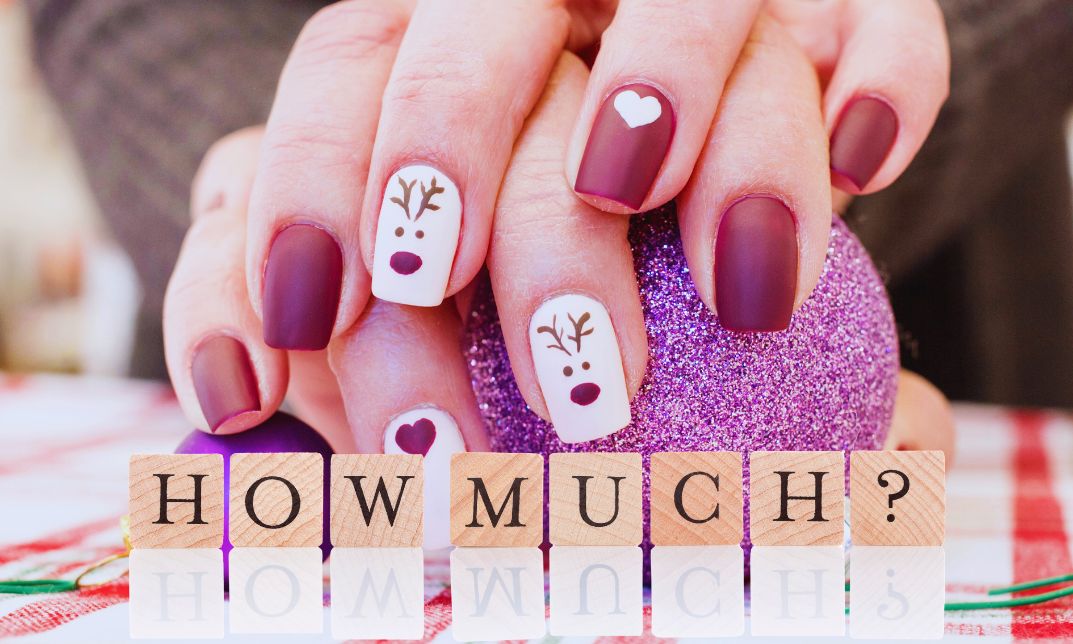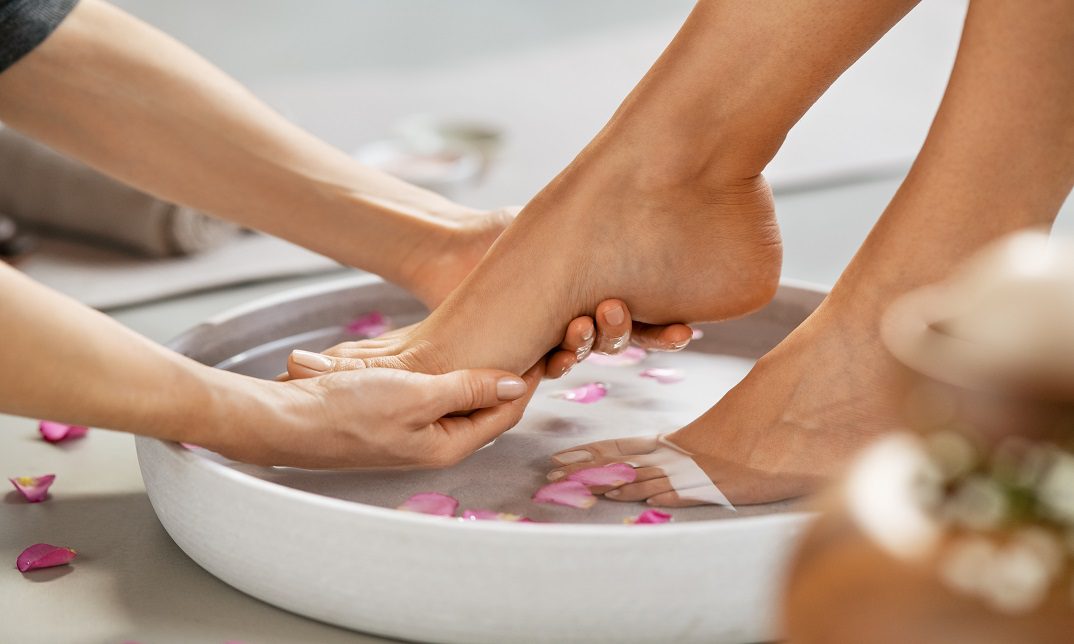Beauty therapy is all about helping people feel good in their own skin — literally. It’s not just facials, massages, or manicures (though those are great!). It’s about giving someone that boost of confidence, that moment of calm, or that smile when they catch their reflection and think, “Wow, I look good.”
If you love the idea of making people feel amazing — and want a career that mixes creativity, care, and connection — beauty therapy might be your perfect fit. This guide will walk you through everything you need to know: the skills to learn, the best courses to start with, and where this career can take you.
No matter where you’re starting from, it’s never too late to turn your passion for beauty and wellness into something real — something that helps others feel their best, inside and out.
What Is Beauty Therapy?
Beauty Therapy is basically all about looking after your skin, nails, and body to help people feel good and confident. It covers facials, manicures, pedicures, waxing, brow and lash shaping and massage. A beauty therapist uses different techniques and products to make clients look and feel their best. Also, they need to understand different skin and nail types for the right treatment. On top of that, attention to detail and care are really important. In short, beauty therapy is a hands-on job that mixes skill, creativity, and looking after people.
What Does a Beauty Therapist Do Every Day?
Every day, a beauty therapist helps clients look and feel amazing. Their work mixes hands-on treatments with keeping things clean and making clients feel comfortable. Here’s what a typical day might include:
- Greet clients and find out what they need.
- Set up a tidy, ready-to-go workspace.
- Give treatments like facials, nails, waxing or massage.
- Recommend products or give simple aftercare tips.
- Help clients book their next visit.
- Keep notes on treatments and client preferences.
- Clean and sterilise tools and equipment.
- Follow hygiene and safety rules.
- Make sure every client leaves happy and confident.
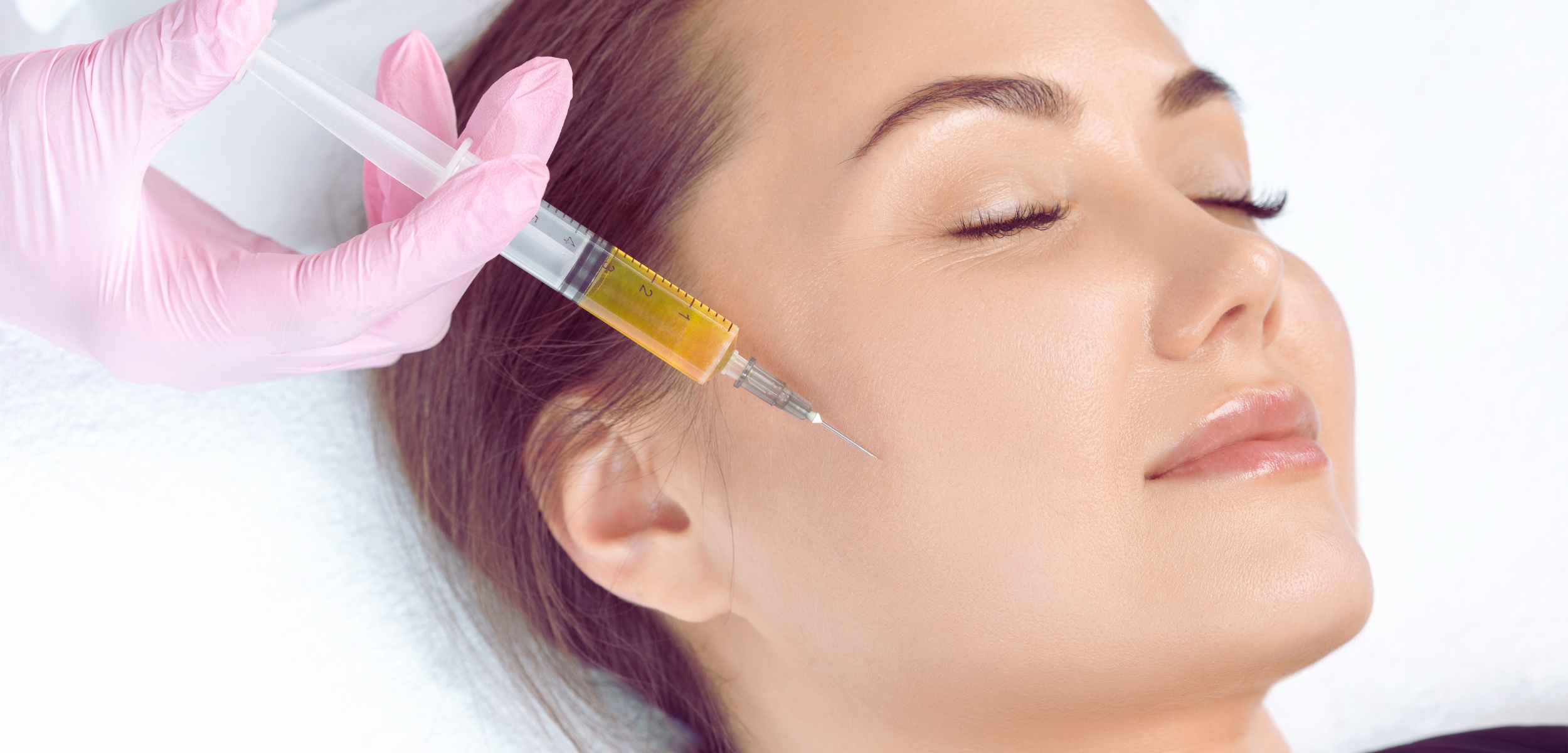
What Skills Do You Need to Work in Beauty Therapy?
Being a beauty therapist is more than just doing treatments. You also need skills to work well with clients and keep everything running smoothly. Key skills include:
- People skills: Listen carefully, understand what clients want, and be friendly.
- Attention to detail: Make sure every treatment looks neat and perfect.
- Hygiene: Always keep your tools, equipment, and workspace clean.
- Timekeeping: Stick to your schedule so appointments run on time.
- Sales and retail basics: Suggest products in a helpful, not pushy way.
- Record-keeping: Jot down notes about clients and treatments.
- Willingness to learn: Try new things and stay updated with trends.
What Qualifications Do You Need to Become a Beauty Therapist?
Most people begin with a Level 2 course to start a career in beauty therapy. This gives you the basics and is enough to land your first job. Then, if you want to do more advanced treatments or have better chances at top jobs, you can go for a Level 3 course. These cover extra skills like electrical facials, massage, and other treatments.
Also, most qualifications come from well-known bodies like VTCT or City & Guilds. Salons like these certificates because they show you know what you’re doing. On top of that, good hygiene is a must, so you’ll always follow safety rules for every treatment.
Can You Train in Beauty Therapy with No Experience?
Absolutely! You don’t need any experience to get started. First, most people begin with a Level 2 course or short certificates in things like manicure, skincare, or waxing. Then, you can try taster courses to see which treatments you enjoy the most. On top of that, volunteering or shadowing an experienced therapist is a great way to get comfortable with clients and understand how a salon works. With the right start, anyone can build their skills and step confidently into a beauty therapy career.
What Are the Different Levels of Beauty Therapy Courses?
Level 2 – The Basics
Most beginners start with Level 2. This is where you learn the essentials like nails, skincare, waxing, brows, lashes, and how to look after clients properly. You’ll also get to know basic client communication, hygiene rules, and how to run a tidy workstation. Overall, Level 2 gives you a solid foundation so you can start working confidently in a salon or spa.
Level 3 – Advanced Skills
After Level 2, most learners move on to Level 3. You’ll pick up more advanced treatments, holistic therapies, and even electrical facials. On top of that, you’ll learn how to handle different skin types, upsell products, and manage appointments professionally. Level 3 opens up better job opportunities and lets you take on more responsibility in salons, spas, or wellness centres.
Level 4 – Specialist Training
Most therapists who want to specialise take Level 4. This focuses on advanced skin treatments, specialist techniques, and expert areas like anti-ageing or clinical support. In addition, it’s perfect for working in high-end salons, clinics, or creating your own niche. You’ll also develop leadership skills if you want to manage a team or train others.
Note: You can also add quick bolt-on courses like lash lifts, brow lamination, or gel polish. These are a great way to learn extra skills and make your services more appealing to clients.
How Long Does It Take to Qualify as a Beauty Therapist?
The time it takes really depends on how you choose to train. For starters, short courses in nails, waxing, or skincare can take just a few days or a couple of weeks. Then, if you go for a Level 2 or Level 3 diploma, it usually takes around 3–9 months, depending on whether you study full-time or part-time. Also, apprenticeships take longer since you’re learning while working and earning at the same time. Little by little, you can build your skills until you’re fully qualified and ready to work confidently.
Where Can Beauty Therapists Work (Salons, Spas, Clinics, etc.)?
Beauty therapists can work in lots of different places, and it really depends on what kind of clients or environment you enjoy. For example:
- High-street salons: Great for everyday treatments with lots of clients.
- Luxury spas and hotels: Perfect if you like pampering clients in a high-end setting.
- Cruise ships: You can travel while giving treatments to guests.
- Freelance or mobile work: Visit clients at home or run your own schedule.
- Retail counters: Help customers with beauty products and quick treatments.
- Medispa or clinics: Offer advanced skin or wellness treatments within your training.
- Wellness studios: Combine beauty with relaxation, holistic therapies, and well-being services.
Not only that, many therapists mix and match these options to keep their work exciting and flexible.
How Much Do Beauty Therapists Earn in the UK?
The pay for beauty therapists really depends on a few things. For example, location matters because big cities or fancy salons usually pay more. Also, experience makes a difference as beginners earn less while more experienced therapists can earn higher salaries. On top of that, whether you are employed or self-employed changes your income because freelancers can set their own rates. Plus, tips and commission from selling products or upselling treatments can give your earnings a nice extra boost.
Typical earnings:
- Entry-level: £18,000 to £20,000 per year
- Experienced: £22,000 to £30,000+ per year
- Freelance/mobile: From £15,000 up to £50,000+ per year, depending on skills, location, and clients
What Are the Main Treatments You’ll Learn to Do?
When you train as a beauty therapist, you’ll pick up lots of treatments that clients really enjoy. For example:
- Skincare and facials: You’ll help keep skin clean, healthy, and glowing.
- Manicure, pedicure, and gel nails: Care for hands and feet and create trendy nail styles.
- Waxing and threading: Remove unwanted hair smoothly and safely.
- Brows and lashes: Shape, tint and lift lashes for a polished look.
- Makeup basics: Learn simple everyday looks and special occasion makeup.
- Massage and holistic treatments: Relax and soothe clients with therapeutic techniques.
- Basic electrical facials: Usually at Level 3, adding advanced skincare options.
Learning these treatments helps you work confidently in salons, spas, or freelance while offering a range of services.
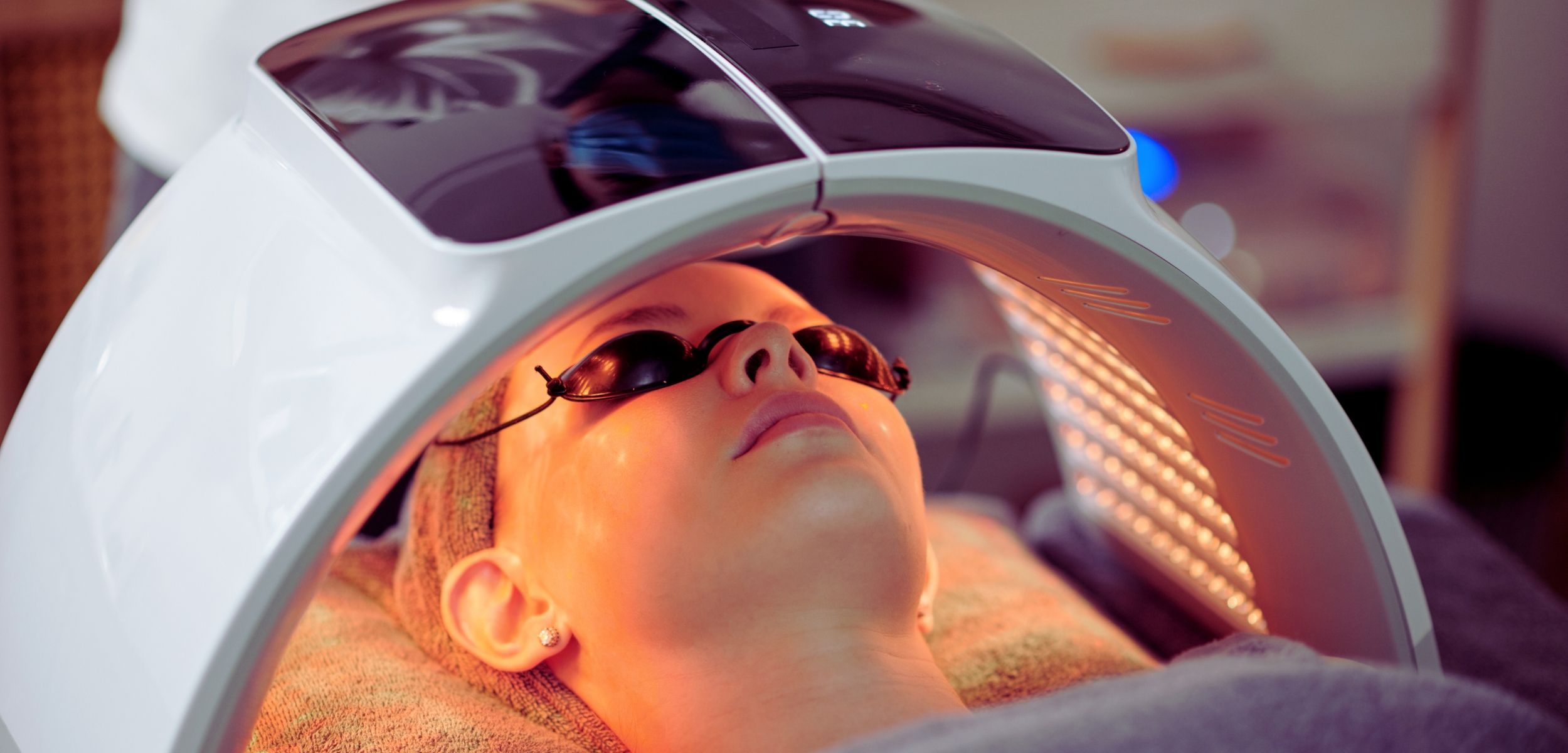
Is Beauty Therapy a Good Career Choice?
Beauty therapy can be a really fun and rewarding career if you enjoy helping people look and feel their best. For starters, it is creative and gives you a chance to make a real difference for your clients. Also, there is flexibility because you can work in salons, spas, or even freelance. You can grow into senior roles, train others, or work in travel and luxury spa settings.
But there are some things to keep in mind. You will often work weekends, spend a lot of time standing, and need to hit targets while following hygiene rules. That is why trying some work experience first is a great way to see if this career really suits you.
What Progression Opportunities Are There in Beauty Therapy?
Career progression in beauty therapy usually follows this path:
Therapist → Senior → Trainer/Assessor → Spa Supervisor/Manager → Clinic roles.
First, you start as a therapist doing daily treatments and learning the basics. Next, as a senior, you take on more advanced treatments and help junior staff. Then, you can train new therapists, manage a salon or spa, or work in specialised clinics. Also, you can choose specialist paths like advanced skin care, aesthetics support, or holistic therapies. These let you focus on what you enjoy most and stand out in the industry.
Online Beauty Therapy Courses You Can Start Anytime
You don’t have to wait to start learning beauty therapy. For starters, many courses let you do the theory online at your own pace. Then, you’ll complete the practical parts in person through assessments or placements to get real hands-on experience. Also, check that a recognised awarding body like VTCT or City & Guilds accredits the course. On top of that, if you want to work freelance later, ensure insurance providers accept the course.
FAQs
What is beauty therapy?
It’s all about caring for the skin, nails, body, and overall appearance through treatments like facials, nails, waxing, massage, and basic beauty services.
What qualifications do I need for beauty therapy?
Most start with a Level 2 course for basics, then move to Level 3 for advanced treatments. Accredited certificates from VTCT or City & Guilds are preferred.
How long is a beauty therapy course?
Short courses can take days or weeks, while Level 2/3 diplomas usually take 3–9 months. Apprenticeships or part-time courses take longer.
What is a beauty therapist and what do they do?
A beauty therapist provides treatments like facials, nails, waxing, brows, lashes, and massage while keeping clients comfortable and safe.
Does beauty therapy pay well?
Pay varies by experience, location, and role. Freelancers can earn more with tips, upsells, or by setting their own rates.
How much do beauty therapists get paid in the UK?
Entry-level: £18,000–£20,000; experienced: £22,000–£30,000+; freelance/mobile: £15,000–£50,000+, depending on skills, location, and clients.
Final Thoughts: How to Start Your Beauty Therapy Journey
If you’re ready to start your beauty therapy career, begin small. Pick a beginner module, like gel nails or facials, and get comfortable practising. Next, book an accredited Level 2 beauty therapy course to learn the essentials properly. Make a list of practice models and build a simple portfolio with before-and-after photos and client notes. Then, apply to local salons or spas, or try assisted freelance work under proper insurance.
Keep learning and upskill to Level 3 and beyond. When you’re ready, take your skills further with the Level 4 Beauty Therapy and Makeup Course at the School of Health Care!

